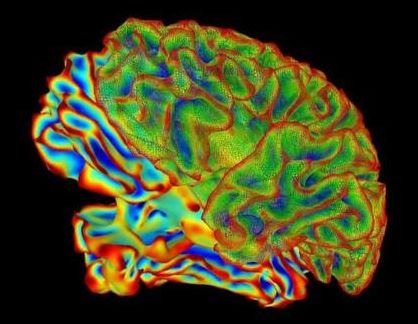I rarely use the words transformative or breakthrough for neuroscience findings. The brain is complex, noisy, chaotic, and often unpredictable. One intriguing result under one condition may soon fail for a majority of others. What’s more, paradigm-shifting research trends often require revolutionary tools. When we’re lucky, those come once a decade.
But I can unabashedly say that the 2010s saw a boom in neuroscience breakthroughs that transformed the field and will resonate long into the upcoming decade.
In 2010, the idea that we’d be able to read minds, help paralyzed people walk again, incept memories, or have multi-layered brain atlases was near incomprehensible. Few predicted that deep learning, an AI model loosely inspired by neural processing in the brain, would gain prominence and feed back into decoding the brain. Around 2011, I asked a now-prominent AI researcher if we could automatically detect dying neurons in a microscope image using deep neural nets; we couldn’t get it to work. Today, AI is readily helping read, write, and map the brain.
